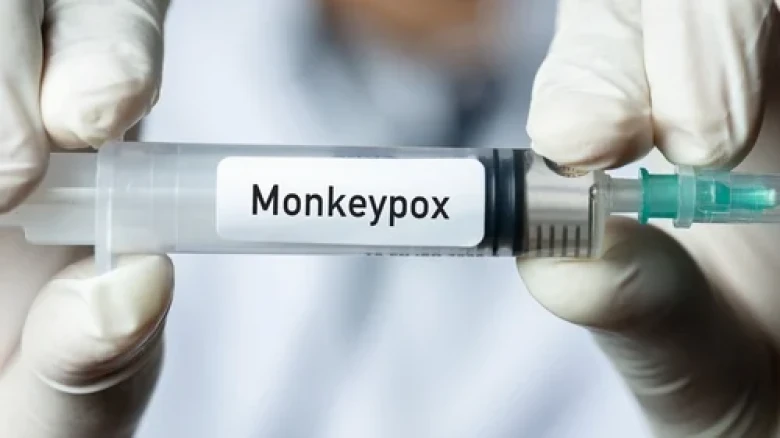Regional

Monkeypox cases have nearly reached 1,500 since May 13, with more infections suspected.
Digital Desk:
The Monkeypox virus is not transmitted through the air and it is only
transmitted through physical contact or coming into contact with contaminated
materials, the US Centers for Disease Control (CDC) said on Friday.
Monkeypox now
poses a very serious risk of spreading further, according to WHO, with the
total number of cases crossing 1,000 on June 9 in 29 countries where the virus
is not endemic.
The CDC claimed
in a statement that the virus may be spread through respiratory droplets but
that it could not survive and stay airborne for long distances.
According to
the United Kingdom, which has reported more than 370 instances, monkeypox is a
"high consequence infectious disease" that can be transmitted through
the air. The World Health Organization has warned that, while unusual, airborne
transmission of the virus is harmful and requires measures in the event it
occurs.
Cases have been
reported in over 15 states in the United States alone.
Monkeypox cases
have nearly reached 1,500 since May 13, with more infections suspected.
"Until
now, Monkeypox patients would present with flu-like symptoms before
developing the telltale rash." Recent instances, on the other hand, are
revealing a distinct pattern: some people acquire a rash initially, while
others don't display any symptoms at all, "stated CDC Director Dr Rochelle
Walensky. "At this time, no deaths have been reported."
The topic of
whether monkeypox can be transferred through the air remains unanswered.
However, the World Health Organization (WHO) has released safety advice in the
event that you are infected with the virus. If you live with a monkeypox
patient, these precautions include isolation and avoiding contact with
contaminated bedding and/or clothing.
In the past,
cases of monkeypox transmission by air have been described. In 2017, two
healthcare professionals in Nigeria who had no personal contact with an
infected person tested positive for monkeypox. In the current situation, a few
patients may not know how or where they became infected, and airborne
transmission could be a plausible explanation.
According to
Lidia Morawska, an air quality expert at the Queensland University of
Technology in Australia, the allegations that monkeypox has huge droplets are
false.
Monkeypox has
been observed to take up space in the respiratory tract or saliva, causing
infected droplets to be expelled during singing, speaking, coughing, or
sneezing.
While the CDC
claims that airborne transmission is impossible, it has acknowledged the
possibility of short-term airborne transmission and advised patients to wear
N-95 masks.
Cases in the
United Kingdom, where the source of infection is still unknown, show that
monkeypox is spreading quietly and that the true caseload is significantly
higher.
Leave A Comment